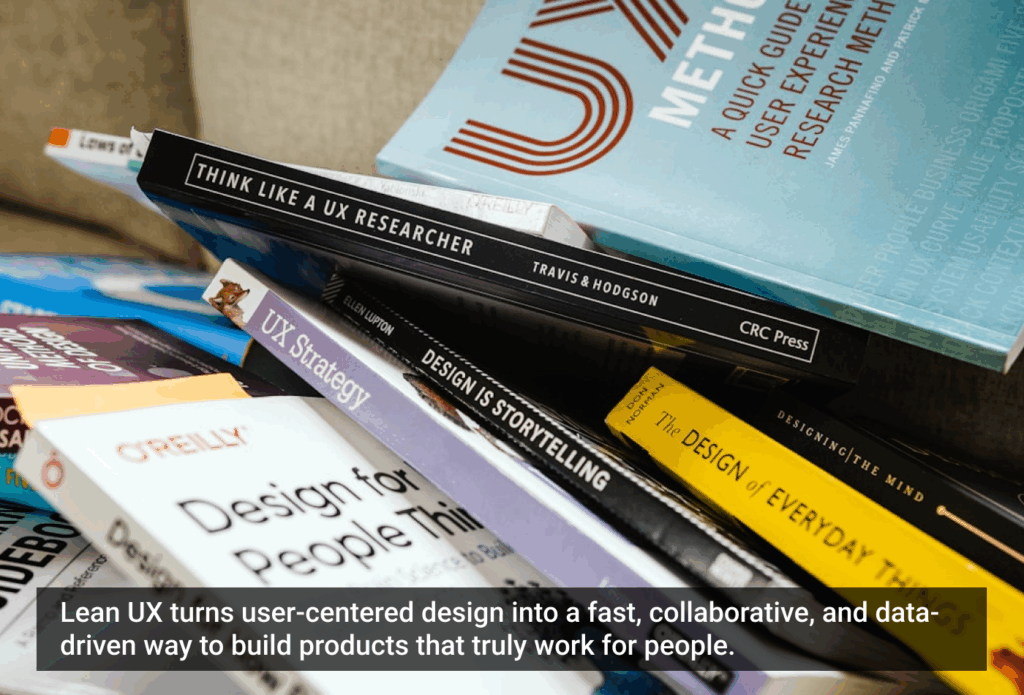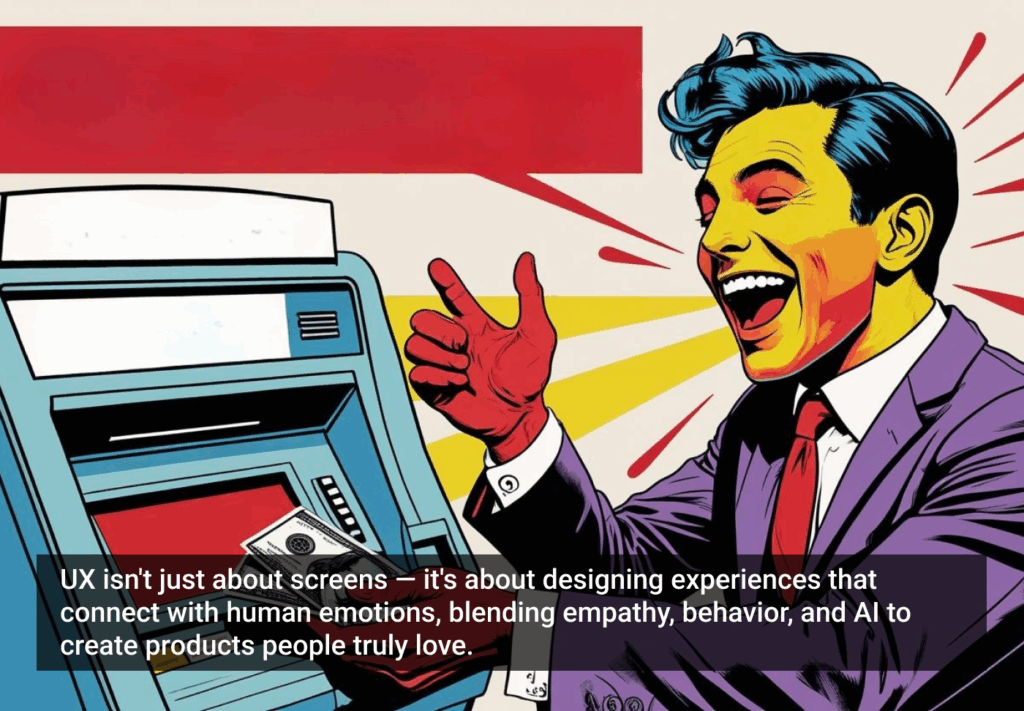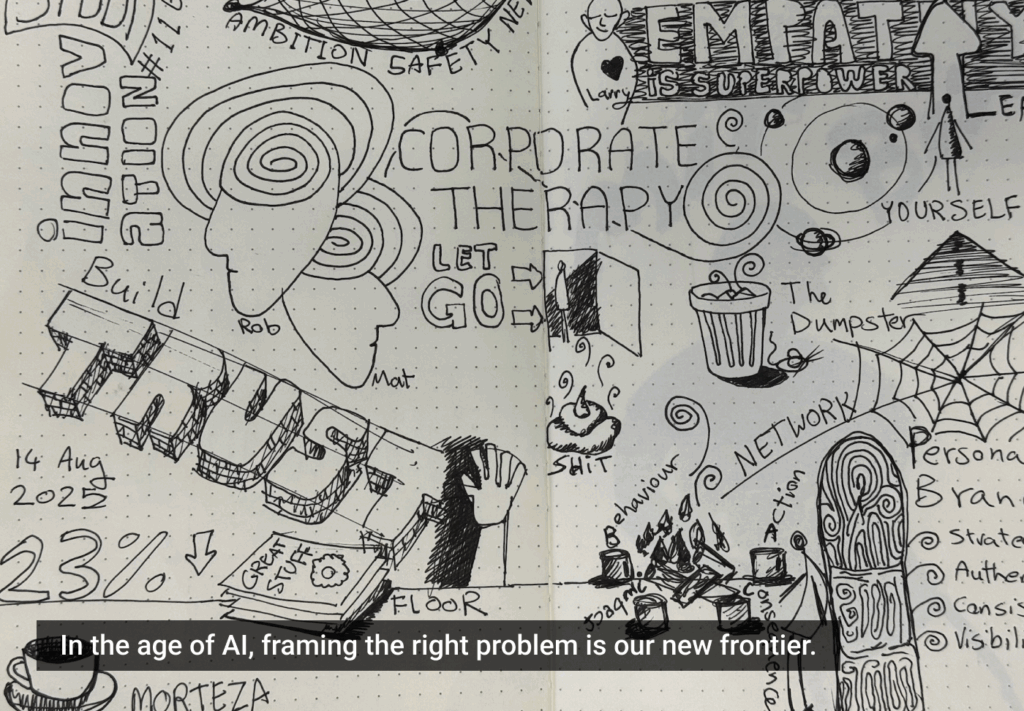- Healthcare, Technology, UX Design
Discover how human-centered UX design is transforming medtech by cutting costs, reducing errors, and driving better outcomes for clinicians, patients, and healthcare providers alike.
Article by Dennis Lenard
How UX Design is Revolutionising Medtech Cost Efficiency
- The article explains how strategic UX design in medtech improves cost efficiency by enhancing usability, reducing training time, and minimizing user errors across clinical workflows.
- The piece argues that intuitive, user-centered interfaces boost productivity, adoption rates, and patient outcomes while lowering support costs and extending product lifecycles, making UX a crucial investment for sustainable growth and ROI in healthcare technology.
Share:How UX Design is Revolutionising Medtech Cost Efficiency
Share this link
- November 18, 2025
7 min read







